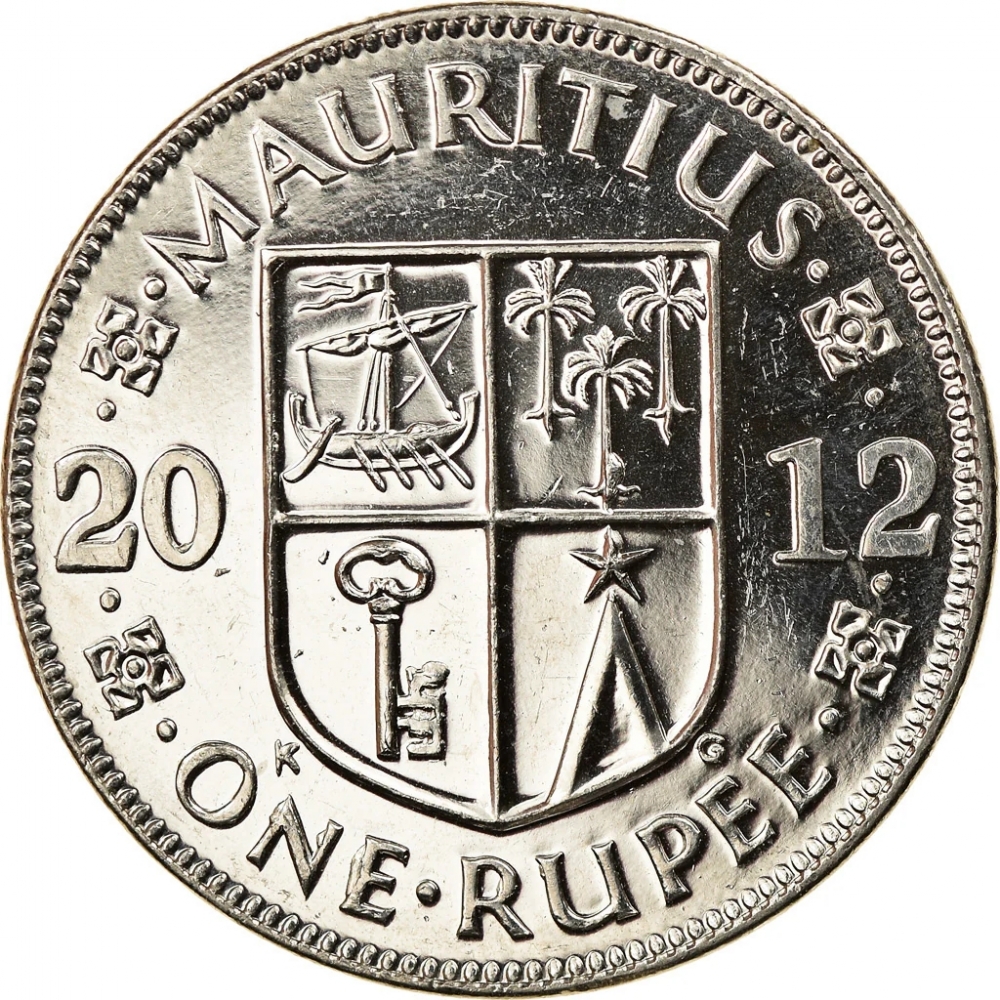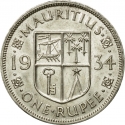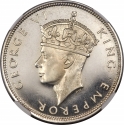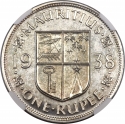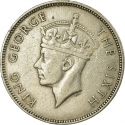You are about to finish your registration. Please check your mailbox (including spam folder). There should be a letter with a confirmation link. Check setting to make sure that your e-mail address is correct.
Send letter again
Obverse

|
Bust of Sir Seewoosagur Ramgoolam 3/4 right. DR THE RIGHT HONOURABLE SIR SEEWOOSAGUR RAMGOOLAM KT |
|---|---|
Reverse

|
Depicts a coat of arms of Mauritius dividing date, the country name above, and the value below. ·⁕·MAURITIUS·⁕· |
| Edge |
Characteristics
| Material | Nickel Plated Steel |
| Weight | 7.5 g |
| Diameter | 26.6 mm |
| Thickness | 2.2 mm |
| Shape |
|
| Alignment | Medal |
| Mint |
Royal Canadian Mint (RCM)
|

